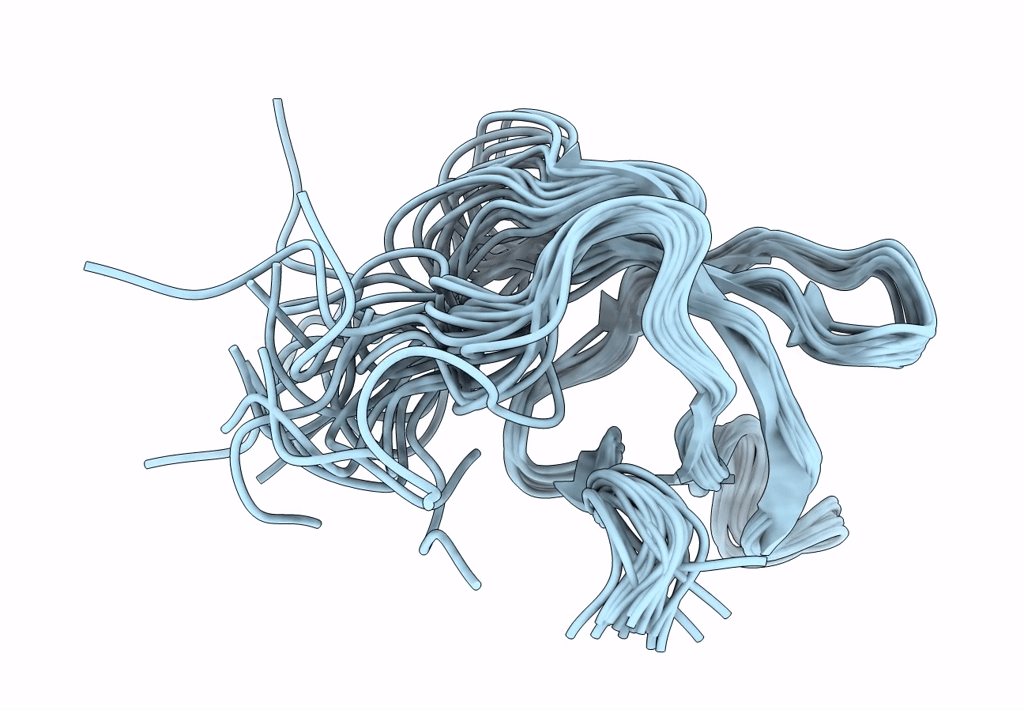
Deposition Date
2019-01-14
Release Date
2019-08-21
Last Version Date
2024-05-15
Entry Detail
Biological Source:
Source Organism:
Prochlorococcus marinus (strain MIT 9303) (Taxon ID: 59922)
Host Organism:
Method Details:
Experimental Method:
Conformers Calculated:
100
Conformers Submitted:
20
Selection Criteria:
20 structures with the lowest energy


